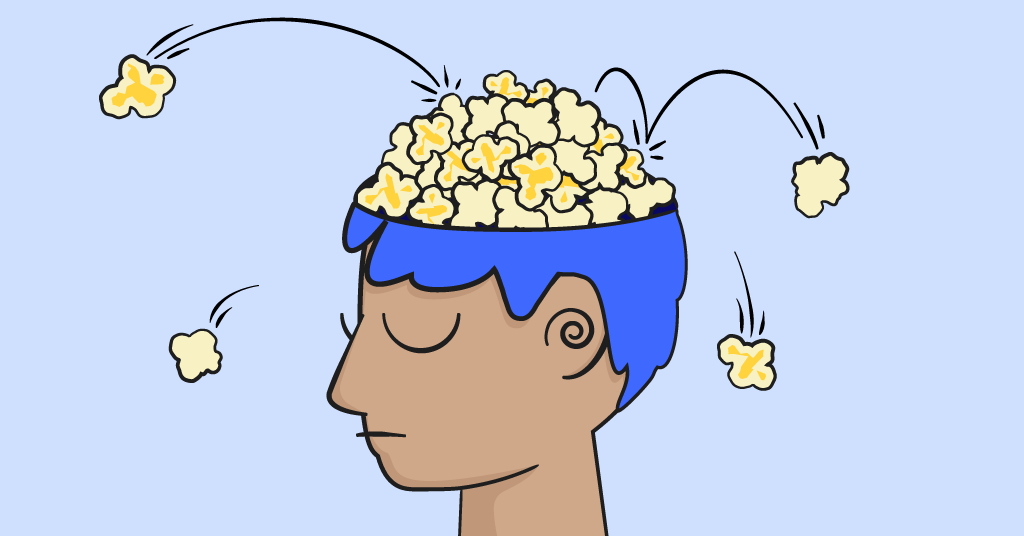Remember in the ‘90s when it seemed like cases of carpal tunnel syndrome skyrocketed in the workplace? It’s because people were using keyboards and computers in large numbers for the first time ever!
Nowadays, the use of cell phones has become even more commonplace for everyone and the evidence is in the collective poor posture of our teens. You may have already noticed this if your teen has ever complained of neck or back pain, despite being perfectly young and healthy. Or perhaps you’ve come to notice the way your child’s head and neck are angled while they hunch over their screens.
So the question of how to fix tech neck is not only being asked by parents but even health professionals who have taken notice of this real modern-day phenomenon. Today we’ll discuss what tech neck is along with some healthy practices for preventing it in your teen.
What Is Tech Neck?
Known as “tech neck” or “text neck,” this syndrome is defined as chronic neck, back, or shoulder pain caused by poor posture when using devices like phones or computers. Specifically, the weight of your head when it’s leaning forward causes musculoskeletal fatigue, which leads to chronic pain. While not officially recognized as a diagnosable condition, tons of studies and healthcare professionals acknowledge this as a legitimate condition.
The National Institute of Health noted in their study of tech neck in children and adolescents that kids don’t always notice pain as a result of their poor posture. But as they get older, the effects become more evident. That’s why it’s important to address it and prevent it while your kids are young to avoid any lasting muscle damage in the future.
How to Fix Tech Neck In Teens
Take advantage of ergonomic products
First and foremost, the goal is simply to encourage healthy posture while using technology. This is where ergonomics can come in handy! For instance, try giving your teen a dedicated space to do their computer work at a desk or table. Experts say that using a monitor or a laptop stand can help lift the head up enough to help prevent tech neck. Additionally, you could find a desk chair that supports good posture.
Keep healthy posture habits
While ergonomics are great, they can only go so far in completely fixing your posture. Gradual improvement will happen by making a habit of good posture — definitely easier said than done.
When using a smartphone, it is recommended to hold the phone up to your eyes, as opposed to bending your neck to look down. The odds that your teen (or really anyone) is going to immediately start doing this is slim since it’s so natural and easier to just look down. But even talking more about healthy posture can make the whole family more mindful of this over time.
Experts recommend the following when sitting at a computer:
- Set the computer about 20–30 inches away from your eyes (about arm’s length).
- Sit with your head, hips, and spine stacked.
- Keep your wrists straight and elbows at a 90-degree angle
- Keep your knees aligned with your hips and feet flat on the floor
Lastly, here’s one sleep-specific tip: Sleep on your back with a small pillow under your neck and one under your knees. Might feel odd at first, but tons of people claim it’s worth it!
Take regular breaks from tech
During long stretches of technology use, it is highly recommended to take regular breaks. This could simply be standing up, walking around, or doing a few small stretches (more on that in a moment). Recommendations range from taking a break every 20-30 minutes to taking a break once every hour.
Exercise and use specific tech neck exercises
Exercising in general is a great way to combat tech neck and make sure those neck and back muscles are worked out properly. However, there are some specific exercises and stretches you can have your teen do to counteract the effects of tech neck.
Some common stretches include:
- Chin tucks
- Shoulder shrugs
- Neck rotations
- Shoulder blade squeezes
- Downward-facing dog yoga position
- Cat/cow yoga position
Not familiar with some of these or prefer to show your teen a tutorial? Check out this easy 10-minute yoga video that focuses on the neck, shoulder, and upper back.
How Bark Can Help With Your Teen’s Tech Neck
Bark’s main goal is to help kids and teens develop generally healthier relationships with technology, including how it impacts their physical health. The Bark app and Bark Phone offer screen time schedules that can help enforce those frequent tech breaks, as well as the time limit feature on the Bark Phone. Aside from managing screen time, Bark offers content monitoring, web filtering, location tracking, and more. Check out our app, smartphone, smart watch, and in-home filtering system to see how Bark can help with parenting in this digital world.
Read more
Bark helps families manage and protect their children’s digital lives.






